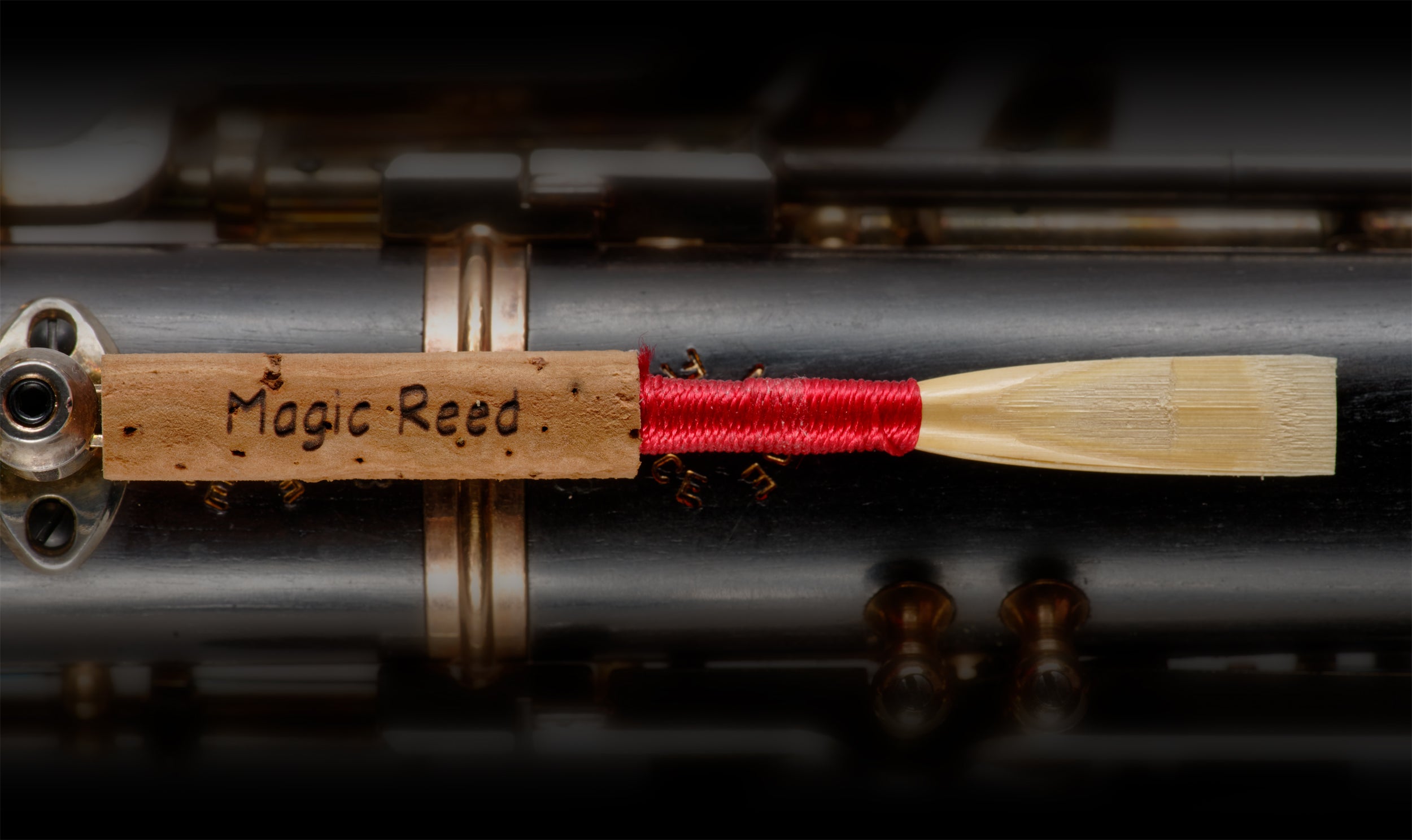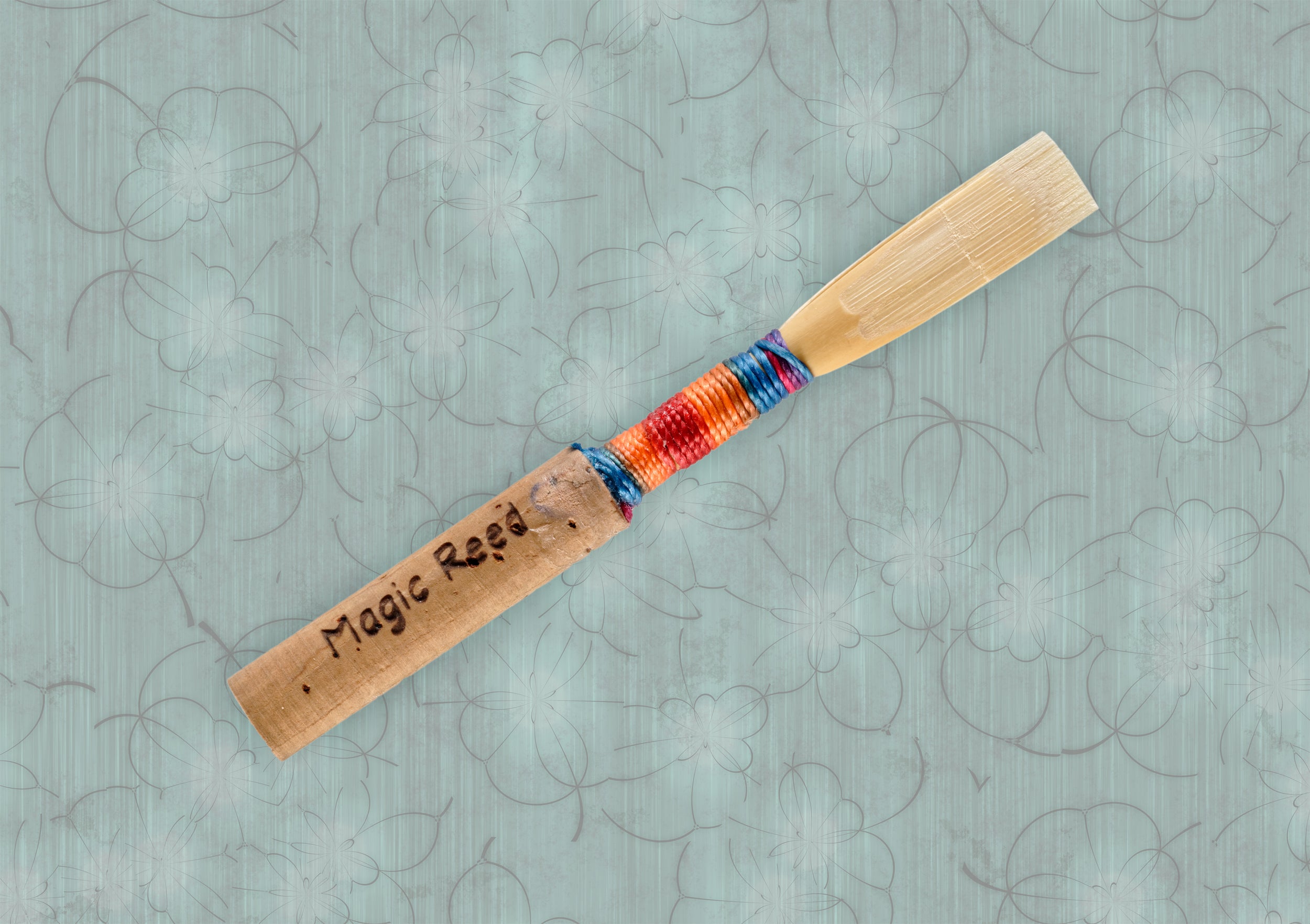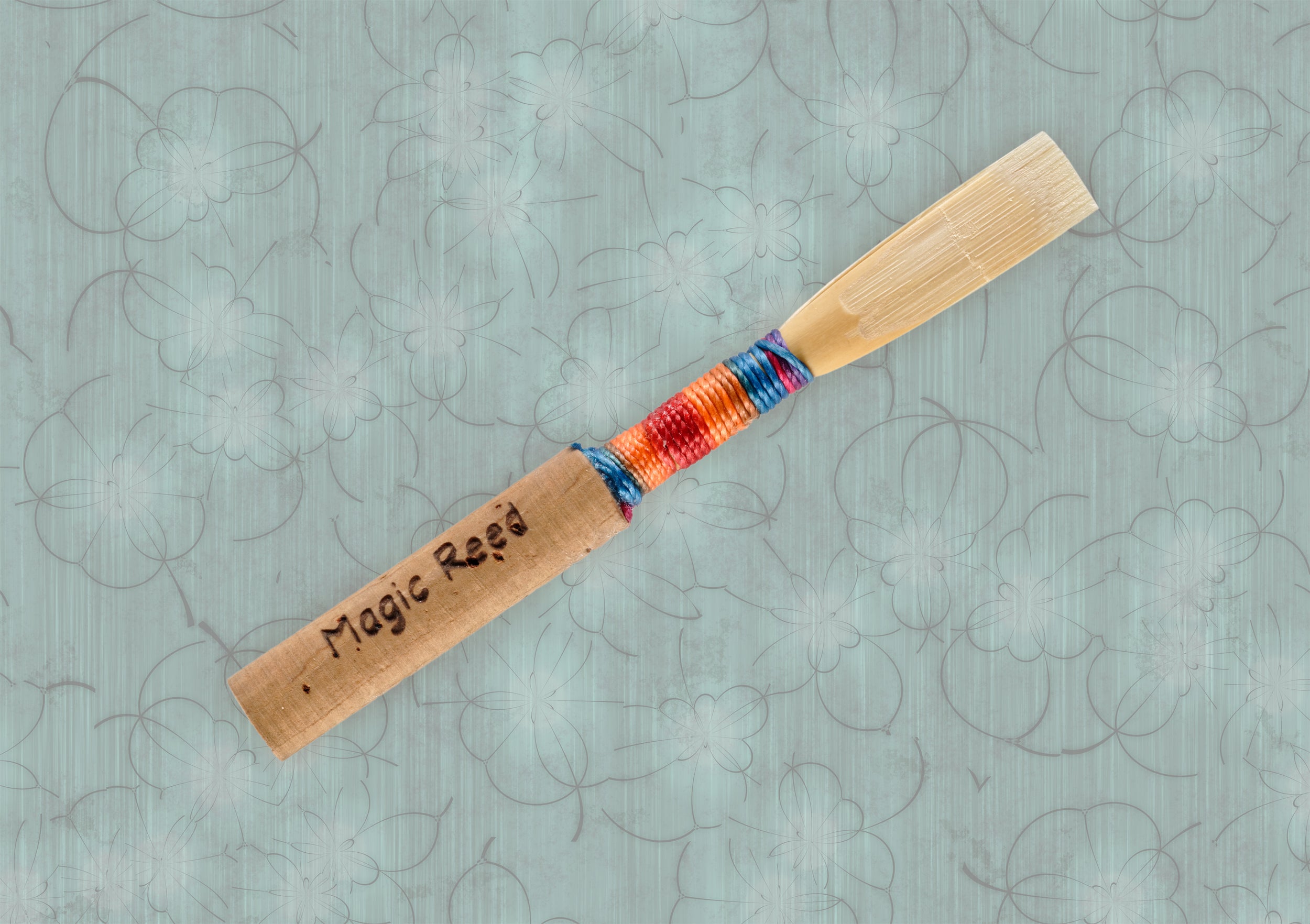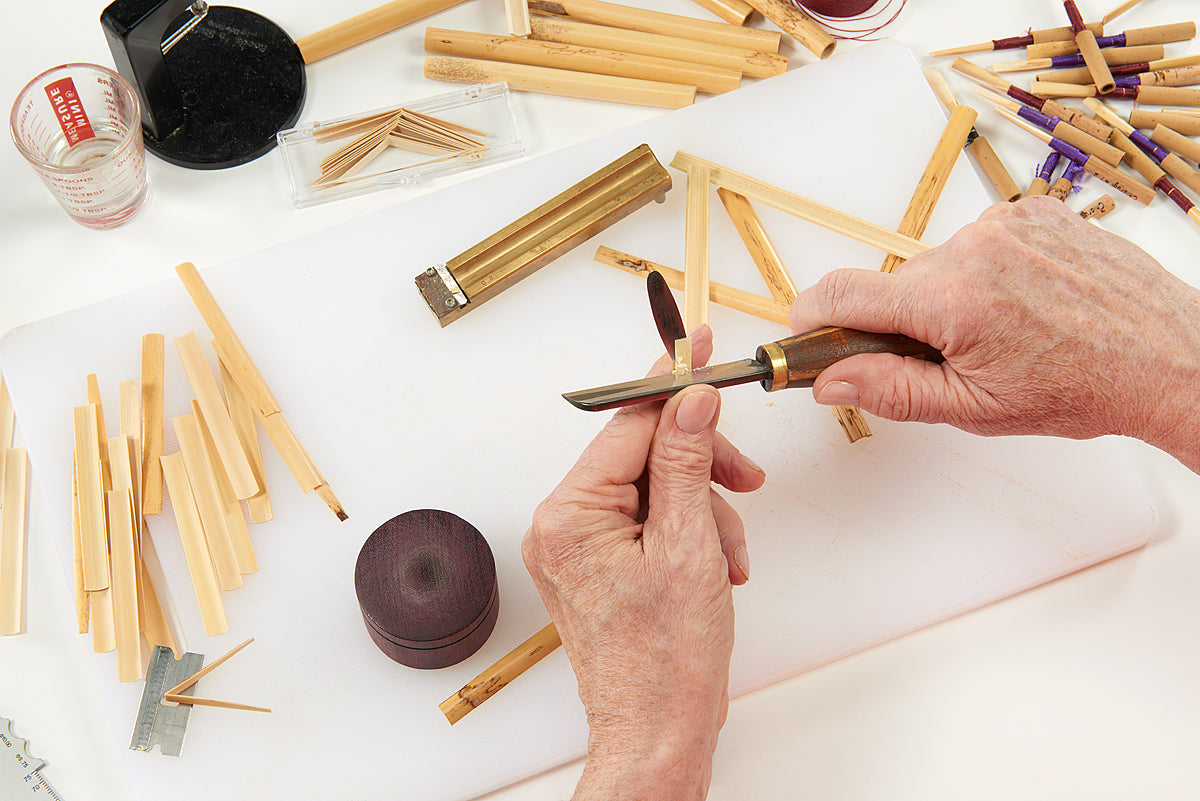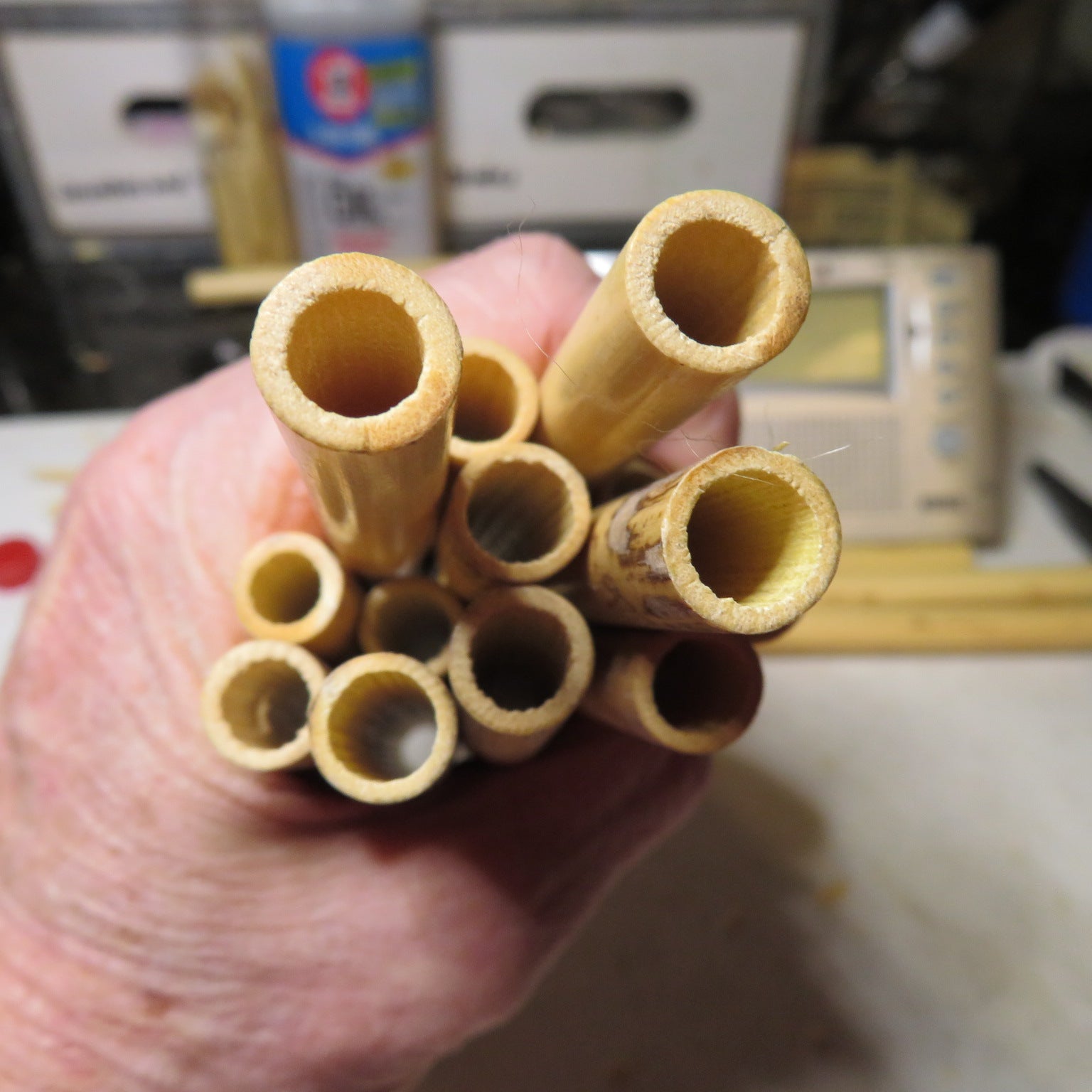
Oboe Cane Is A Weed
-

-
 by Kathy Sheinhouse
by Kathy Sheinhouse
Oboe Cane Is A Weed!
Lesson One:
What is oboe cane? Where does it come from? How is it used to make oboe reeds?
Oboe Cane, this variety called Arundo Donax, is an agricultural product- AND IT IS A WEED. It is best grown in certain climates and in certain proximity to the water. If left to grow freely, it can consume and devour its habitat, it will grow to gargantuan size, especially if it is fertilized (a no no), and be unusable for us as single and double reed musicians.
We are lucky that some of the world class growers purchased their properties a generation or more ago when they were affordable. If purchased today, there is no telling what the cost of our cane would be. I doubt there would be professional growers. Nonetheless, field size is finite, overall cane yield is finite, quality control shrinks this as does processing the rods to tubes. I know of no mechanism to improve the surface dimensions of the cane, so this is a result of nature's will. What the grower can do is carefully time their harvest to yield rods with the right diameters that we need and an even more finite yield of particular diameters. As an example, 10-10.5 diameter cane is scarcer than other sizes and costs 30% more to buy because of this. Scroll down to learn more about yield and price.
Lesson 1-
Oboe cane is a scarce agricultural product for our needs as oboists, even though it is a weed. We must pay what the market will bear and what the grower needs to survive in business.
The quality of the raw crop is dependent on a multitude of factors. They vary from year to year based on climate. They vary between growers. One grower could have significant differences in quality within one harvest based on its position in the field and proximity to the water. This variability makes it difficult to find great cane, because it sneaks up on you, and is usually only available at a specific point in time. This is why you need to buy as much as you can afford when you find it. Lesser cane can be available from the grower for years to come and at a discount.
Lesson Two:
You can't make a good reed without good cane. Great cane sometimes means that the reed makes itself. Oboe cane is not a dense wood. Our reed tips are hair thin, and the cane is very sensitive to millimeter differences in length and depth of scrape. Bad cane increasing this sensitivity and good cane reduces it, increasing the margin of reed making technique that will work to produce a good reed.
Lesson 3:
The Stradivarius Effect: There have been extensive studies into why Stradivarius violins are so magnificient. Some speculated that it was the craftsmanship, some thought that it was the varnish. A few years back, one researcher came up with a fascinating hypothesis. He suggested that there was a 50-60 year window during which the wood that was used for violins was extraordinary. The stars aligned, the temperature aligned, the rain and moisture was perfect. Voila, out came Stradivarius. Oboe cane is just as important, even though our reeds don't last 300 years.
Lesson 4:
The effects of yield on pricing
-
TOTAL HARVEST/OVERALL YIELD OF THE CANE FIELD. COMBINED WITH QUALITY, THIS DICTATES THE GROWER'S ABILITY TO SELL THROUGH THEIR HARVEST WITHOUT BUYER INCENTIVES. THERE ARE NO AVAILABLE DISCOUNTS FROM OUR SUPPLIER.
-
TUBE LENGTH AND DENSITY YIELD. LONGER AND DENSER TUBES YIELD FEWER PARTIALLY AND FULLY PROCESSED SLIPS OF CANE. AS AN EXAMPLE, WE HAVE USED CANE FROM CHINA IN THE PAST THAT YIELDED 160 TUBES PER POUND. THE CANE THAT I USE NOW YIELDS 120 TUBES PER POUND. AT AN EQUAL COST PER POUND AND QUALITY MY CANE COSTS 25% MORE AND THIS IMPACTS PRICING (I PREFER THIS CANE HANDS DOWN).
-
TUBE QUALITY EFFECTS THE AMOUNT OF USABLE SLIPS, AND THE GRADE DISTRIBUTION. QUALITY IS BASED ON BOTH TEXTURE AND SHAPE. I DON'T KNOW ANYONE WHO WOULD WANT 200 TUBES/PER POUND OF UNUSABLE CANE. BUT, WHEN CONSISTENCY PROBLEMS ARE OFFSET BY EXCEPTIONAL TEXTURE AND GREAT OUTCOMES OF A SMALLER YIELD, THIS IS OFTEN PREFERRED BY PROFESSIONALS. IN OUR CASE, WE DO THE WORK OF MANAGING OUR INVENTORY, SELECTING THE BEST CANE FOR OUR CUSTOMERS, AND IN DOING SO, ABSORB THE QUALITY RISK SO YOU DON'T HAVE TO. THIS AFFECTS PRICE.PROCESSING SHRINKAGE- EACH STAGE OF CANE PROCESSING YIELDS INFORMATION ABOUT THE QUALITY OF THE CANE. EACH STEP HAS 2 KEY QUESTIONS: WHETHER TO KEEP OR TOSS; AND HOW TO GRADE. LOTS OF CANE DOESN'T MAKE IT TO THE GOUGER, AND THEN THERE IS SOME THAT DOESN'T MAKE IT THROUGH THE GOUGER. MOST CANE MAKES IT THROUGH THE SHAPER. HAND PROCESSING COUPLED WITH THE ENFORCEMENT OF HIGH QUALITY STANDARDS IS A LABOR INTENSIVE, PREMIUM SERVICE.
Lesson 5:
If it works for you, it is worth the price. If it doesn't work for you and its the cane, shop around. If it doesn't work for you because of your reed making skills, a great option is to use lower grade cane within the best overall crop you can find.


